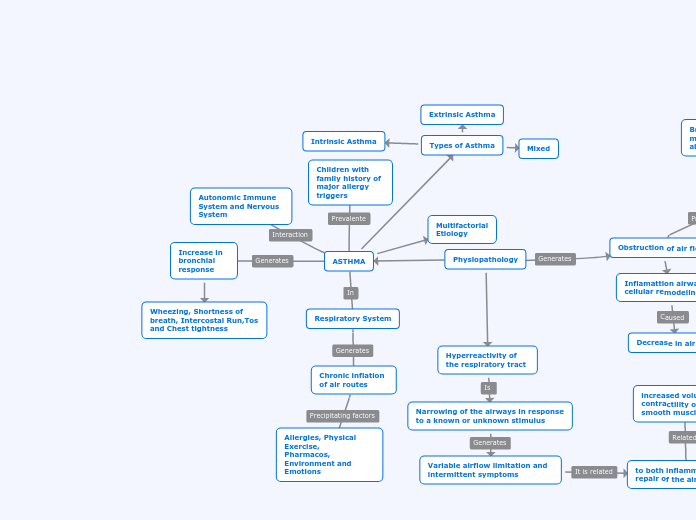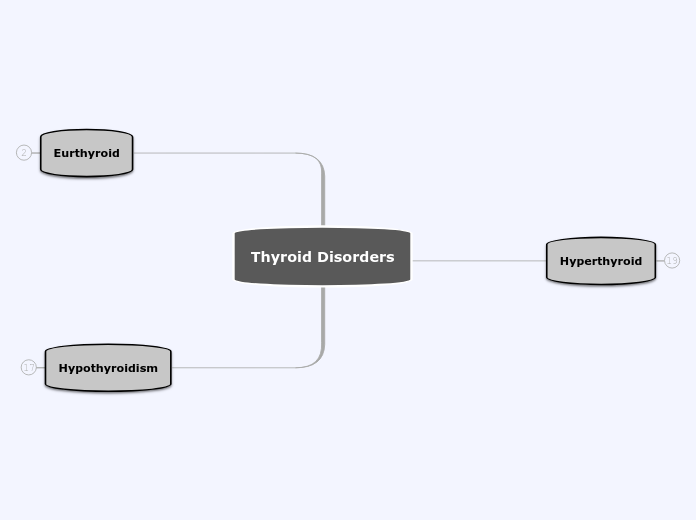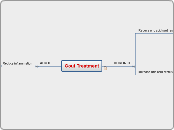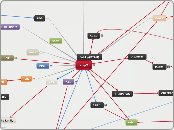によって Fabiola Aguilar Jimenez 4年前.
399
ASTHMA 2
Asthma is a chronic respiratory condition characterized by inflammation and hyperreactivity of the airways, leading to variable airflow limitation and intermittent symptoms such as wheezing, shortness of breath, chest tightness, and coughing.









